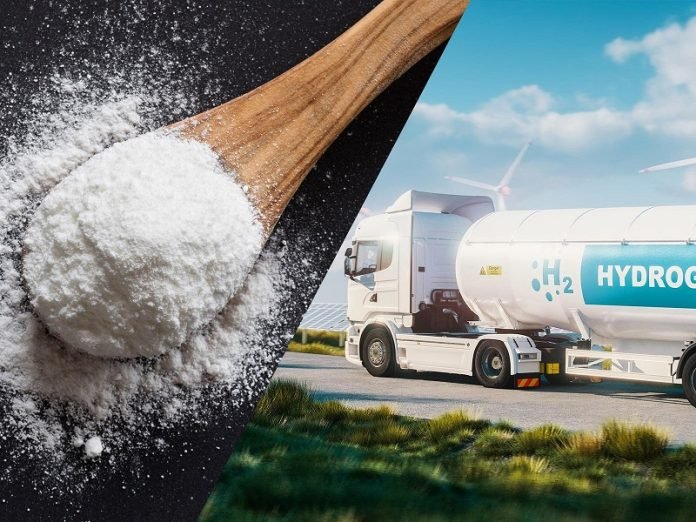
As the world seeks cleaner and more sustainable energy sources, hydrogen has emerged as a promising candidate due to its abundance and combustive potential.
Researchers at the Pacific Northwest National Laboratory (PNNL) are exploring hydrogen as a means of storing and releasing energy.
Their recent investigation into using a baking soda solution for hydrogen storage has gained significant attention.
This article will explain the potential of baking soda for clean hydrogen storage in a way that high school students can understand.
Harnessing the power of hydrogen
Hydrogen, the most abundant element in the universe, offers great potential as a renewable energy carrier.
It can be produced without fossil fuels, making it an attractive option for a carbon-free energy future.
Researchers like those at PNNL are focused on optimizing hydrogen storage, a crucial challenge in realizing its potential.
The need for efficient storage
Storing hydrogen efficiently and cost-effectively on a large scale remains a significant obstacle.
Current battery technology can handle about 80% of energy storage needs, but finding solutions for the remaining 20%, especially for long-duration storage during periods of low renewable energy availability, is essential.
Hydrogen storage presents unique advantages, including the ability to store energy for extended periods and its geographical flexibility.
Unlike other energy storage methods, hydrogen storage does not require specific geographic conditions. Additionally, as the scale of storage increases, hydrogen becomes more economical compared to batteries.
PNNL researchers have investigated the potential of a baking soda solution for storing hydrogen.
The bicarbonate-formate cycle, which involves the reaction of formate ions (hydrogen and carbon dioxide) with water, offers a safe and environmentally friendly method of hydrogen storage. The mild nature and abundance of baking soda make it an attractive option.
Benefits and Challenges
Using baking soda for hydrogen storage has generated excitement due to its non-toxic, non-flammable, and abundant properties.
The bicarbonate-formate cycle operates at moderate temperatures and low pressures and can be reversed, allowing for the release of stored hydrogen.
However, there are challenges to overcome, including the need for further research on catalysis and electrochemistry to enhance the system’s efficiency and capacity.
If the catalysis challenges are addressed, the bicarbonate-formate cycle could become a viable green alternative for storing and transporting hydrogen energy.
This innovative approach could also lead to solutions for capturing excess carbon dioxide and storing electrons, opening the door to direct formate fuel cells.
The potential use of baking soda for clean hydrogen storage represents an exciting development in the pursuit of sustainable energy.
Researchers at PNNL are exploring the possibilities of the bicarbonate-formate cycle, aiming to make hydrogen storage more efficient and economically feasible.
As we continue to seek solutions for a greener future, the baking soda idea holds immense promise for storing clean hydrogen energy.
The study was published in Green Chemistry.



